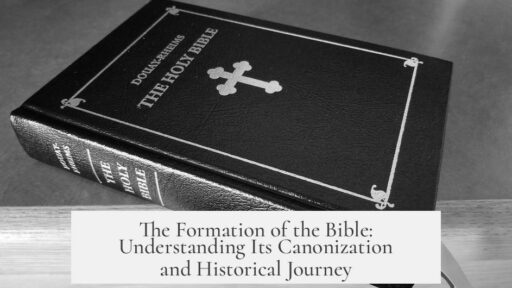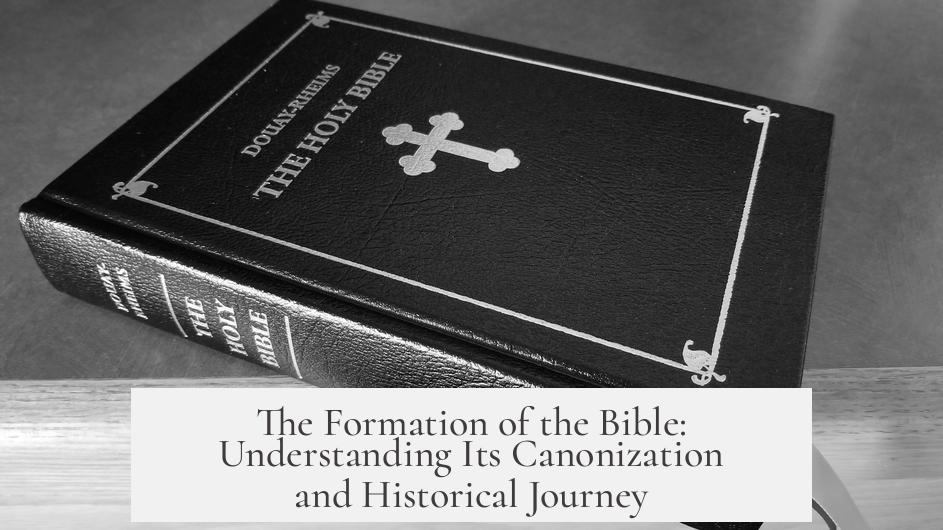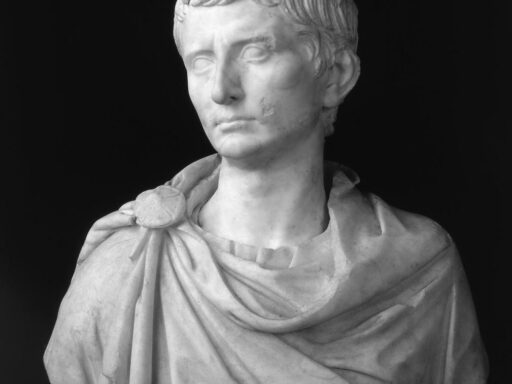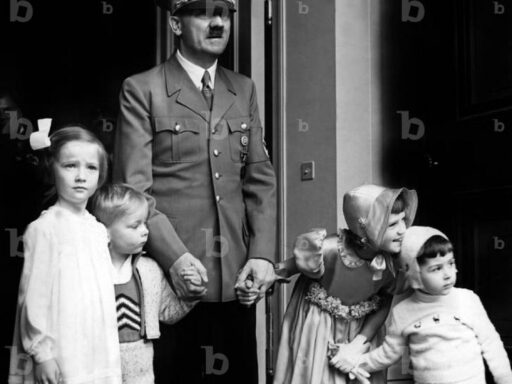The Bible is a collection of texts formed through a complex, gradual process involving authorship, selection, and canonization spanning centuries. It consists of two main parts: the Old Testament, primarily rooted in Jewish scriptures, and the New Testament, focused on early Christian writings. Each section followed different historical pathways before merging into the Bible known today.

The Old Testament includes writings from various Jewish communities composed between roughly 1200 BCE and 100 BCE. These texts reflect diverse genres like law, history, prophecy, and poetry. The New Testament emerged between the 1st and early 2nd centuries CE, featuring gospels, letters, and apocalyptic literature linked to early Christian leaders and communities.
The formation of the Bible involved canonization, the process of deciding which books to include. Early religious leaders applied criteria such as apostolic authorship, consistency of teaching, and widespread use in communities. Some texts met these standards and became “canonical,” while others were excluded, being labeled apocryphal or pseudepigraphal.
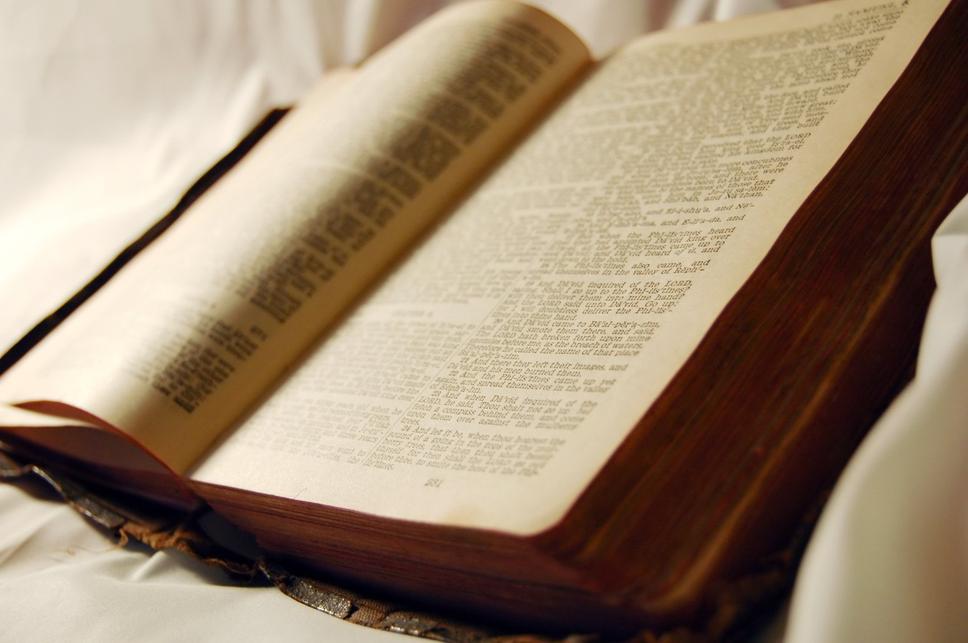
This selection process happened gradually, influenced by theological debates and church councils. For example, the New Testament canon largely solidified by the 4th century CE, although some variation persisted. The Old Testament canon varies among Jewish, Catholic, and Protestant traditions, reflecting different accepted books.
Biblical scholarship is interdisciplinary, involving history, archaeology, linguistics, and theology. Researchers analyze manuscript evidence, compare texts, and date sections to understand origins and development. This scholarly field continues evolving with new findings, such as ancient manuscripts and archaeological discoveries, enriching knowledge about the Bible’s formation.

Exploring this topic requires sensitivity due to its religious significance. For readers seeking deeper insights, works like Richard Friedman’s Who Wrote the Bible? offer accessible introductions to the history and complexities of biblical authorship and canon formation. This book addresses questions about authorship, dating, and the criteria used in canonization.
- The Bible combines Old and New Testament texts with unique historical backgrounds.
- Canonization determined which books became authoritative scripture.
- Scholars use multiple disciplines to study the Bible’s origins and development.
- New discoveries continue to refine understanding of the Bible’s formation.
- Understanding the Bible requires careful, respectful inquiry given its significance.
How Was the Bible Put Together? Unlocking the Mystery of Its Formation
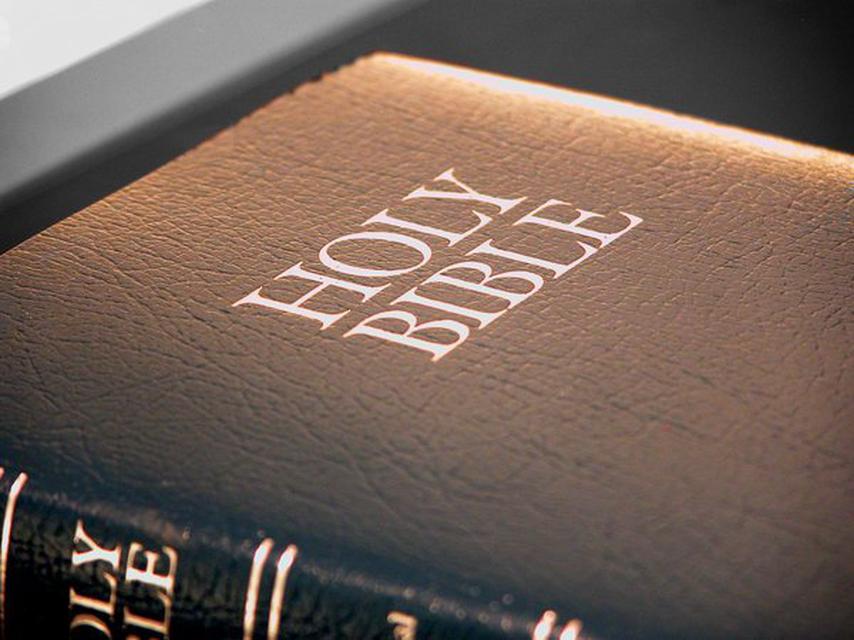
If you’ve ever wondered how the Bible was put together, the simple answer is: it’s a story of complexity, careful selection, and centuries of evolving tradition. But don’t worry, this post won’t just throw a mountain of dates and dry facts at you. Instead, it’s a journey to illuminate the fascinating process behind one of the most influential books of all time.
So buckle up—this tale involves ancient scribes, debates, discoveries, and a bit of detective work that spans millennia.
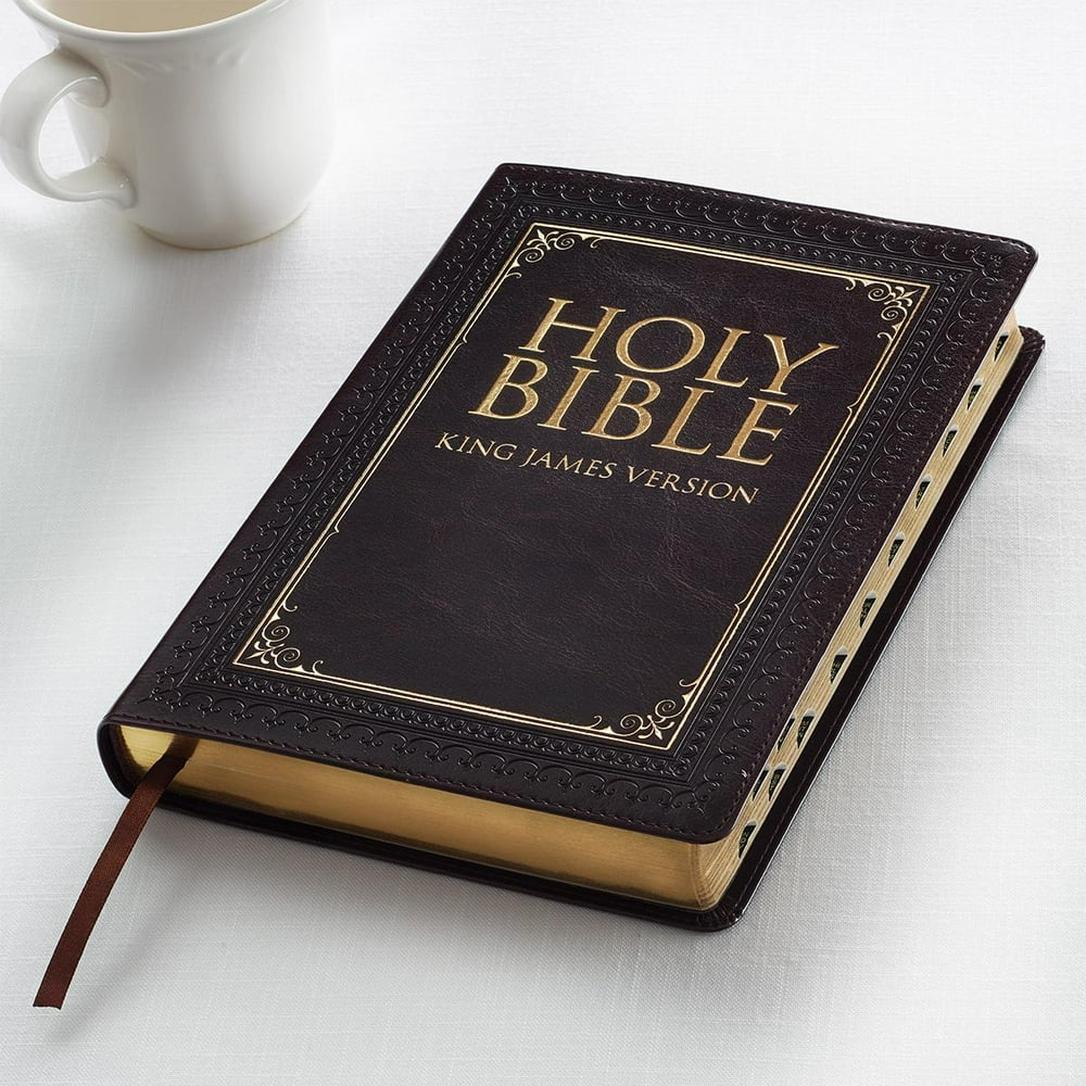
The Bible: One Book or Many?
First off, it’s crucial to realize that what we call “the Bible” is actually a collection of texts. It is divided mainly into two parts: the Old Testament and the New Testament. They didn’t just pop up overnight and snap together like Lego blocks.
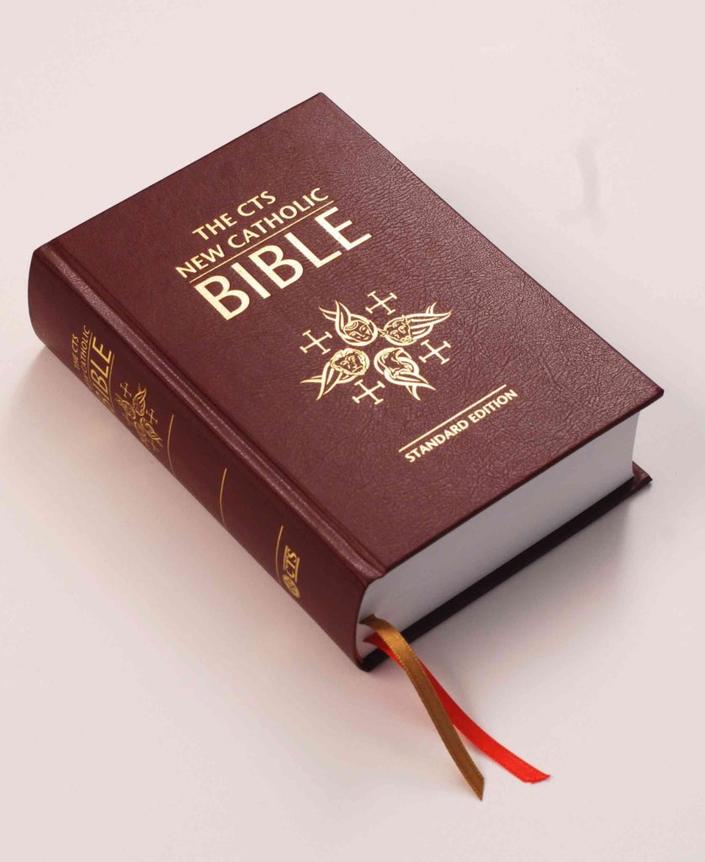
The Old Testament tells the story of the Hebrew people, their laws, poetry, prophecies, and wisdom. The New Testament focuses on Jesus Christ, the early Christian church, and teachings that shaped Christianity. These two pieces have distinct, rich histories of compilation—imagine two colossal jigsaw puzzles assembled separately before being placed side by side.
Who Writes a “Bible” Anyway?
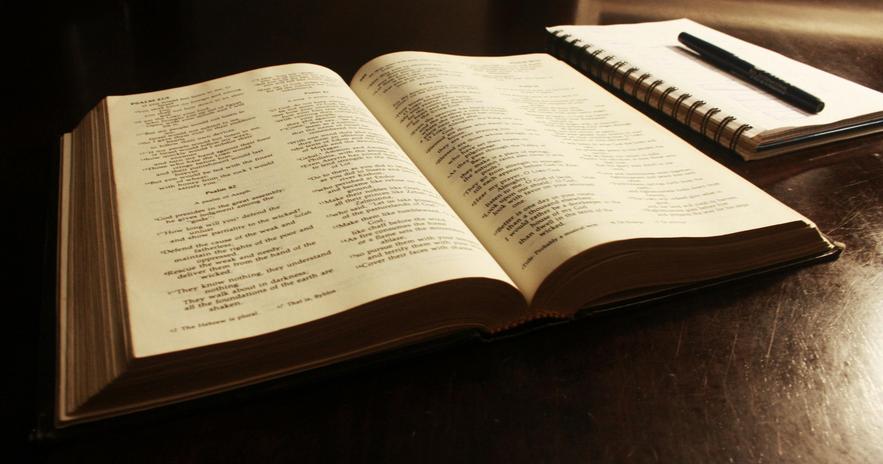
You might ask: Who decided what made it into the Bible? In truth, multiple authors, editors, and communities contributed to the texts over centuries. Some writings trace back to well-known figures like Moses or Paul. Others are anonymous or compiled from oral traditions.
Plus, the books themselves arose from different genres—history, law, poetry, prophecy—which makes understanding their origins a bit trickier. It’s like trying to piece together a family story from letters, diaries, and old parables.
The Rigorous Canonization Process
Here’s where it gets extra interesting. Not every ancient religious text made the cut. The process of forming the “canon”—which means the official list of books considered sacred and authoritative—was lengthy and complex.
Bishops, scholars, and councils debated which books truly reflected authentic teachings and inspired wisdom. Factors like apostolic origin, consistency with doctrine, and widespread acceptance played critical roles. For example, some writings, though popular, were excluded because they conflicted with evolving religious beliefs.
Think of it as a divine book club with very high standards.
A Science and Art Combined: The Study of the Bible
Studying how the Bible was put together involves multiple disciplines—history, linguistics, archaeology, theology, and even forensic-style textual criticism. It touches practically every science humans have invented to understand the past.
This colorful field keeps expanding. Every year, new manuscript discoveries—like the Dead Sea Scrolls—shed fresh light, sometimes confirming what we believed, sometimes challenging old assumptions.
Recommended Reading: Your Bible Formation Crash Course
Curious to dive deeper? Try Richard Friedman’s Who Wrote the Bible? This accessible book explains in clear terms what the Bible is, what the canon means, and how scholars date different sections to unique times, places, and communities. It’s an excellent primer for newcomers and offers enough detail to satisfy the curious.
After reading it, be prepared: you’ll have more questions—but much sharper, focused ones. Isn’t that the hallmark of a good book? Sparking curiosity?
Delicate yet Fascinating Terrain
It’s worth noting that asking questions about how the Bible was formed can be sensitive for many. Some folks may find the subject sacred and the inquiry uneasy, maybe even offensive. It’s like poking the hornet’s nest with a feather—handle with care and respect.
The key is to approach the topic with openness and a quest for understanding rather than skepticism or judgment.
What Can We Learn From This Journey?
- The Bible isn’t the product of a single author or moment. It evolved over centuries.
- Its formation is two stories in one: the Old Testament and New Testament each have their unique backgrounds.
- The canon is a curated collection, chosen after debate and discernment, reflecting beliefs and values of early faith communities.
- Studying the Bible’s history taps into many sciences and keeps evolving with new discoveries.
- Respect and curiosity go hand in hand when exploring religious texts.
So, How Would You Sum Up “How Was the Bible Put Together”?
It’s like assembling a vast, ancient quilt from diverse patches sewn through time. Each patch has its story, creator, and place. Together they form a tapestry that has shaped cultures, morals, and histories worldwide.
Perhaps the next time you open a Bible, you’ll think about the journey its pages have taken before resting in your hands.
And now, dear reader, what part of this intricate formation surprises you most? Is it the careful selection process or the ongoing scholarly discoveries? Either way, the Bible remains a living story—ever unfolding, always fascinating.
